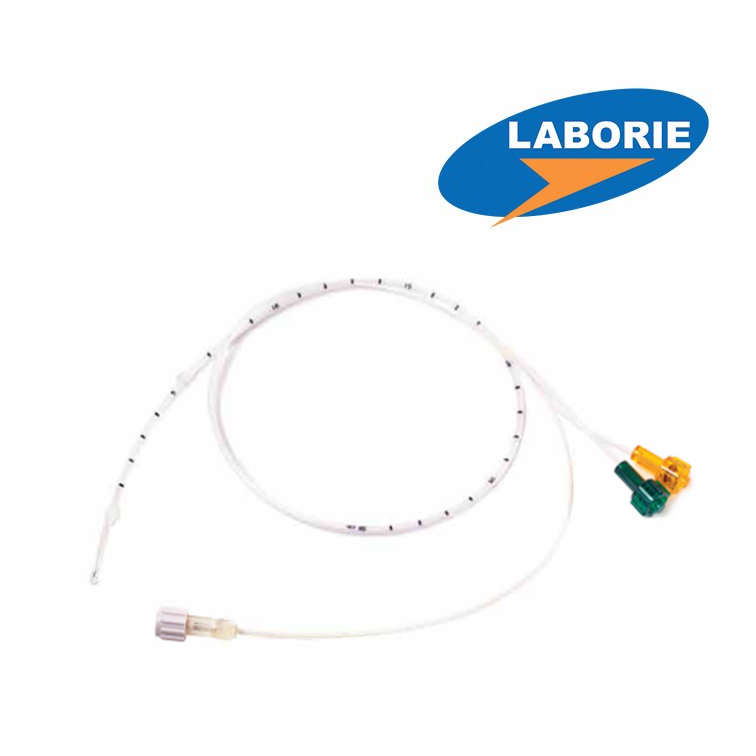
T-DOC® Air-Charged™ disposable catheters use tiny pressure-sensing air balloons to assess internal pressures. Barely larger than the diameter of the catheter itself, these balloons offer circumferential pressures for a clear and complete set of data for diagnosis.
As reported by our users, T-DOC® Air-Charged™ Catheters are fast, simple to set-up and less sensitive to patient movement. All of this can result in less time per procedure, less time in set-up and clean-up, and less staff training required, which means more patients may be seen in less time.
Accurate: Records accurate bladder and abdominal pressures. Abdominal pressures can be measured with rectal or vaginal placement.
Precise: Clean subtracted pressure with more consistent study tracings. Measures urodynamic pressures using proprietary, “Air-Charged” pressure technology resulting in fewer artifacts.
Efficient: Provides significant time and cost savings in set-up, study and clean-up. Increases patient flow-through.
Urethral Measurements: Allows user to easily gather data from the urethra during filling cystometry and voiding pressure studies.
Supports Infection Control: Single-use disposable nature reduces the risk of contamination
T-DOC Abdominal Catheter (7FA):
- Can be placed rectally or vaginally to measure abdominal pressures. Rigid design assures no folding during insertion. A soft tip protects bowel and/or vaginal tissues. Small balloon size provides minimum patient discomfort.
T-DOC Single Sensor Catheter (7FS):
- A general-purpose recording catheter for bladder pressures. Catheter has separate filling lumen, which provides infusion rates up to 100 cc/minute.
T-DOC Single Sensor Coude Catheter (7FSC):
- A specialty bladder catheter designed to be easily passed through male urethral strictures. Proven Coudé tip opens obstructed conditions. Particularly useful with BPH patients.
T-DOC Dual Sensor Catheter (7FD):
- Designed to simultaneously record bladder and urethral pressures with two sensors placed 6cm apart. Measures bladder pressure and static urethral pressure during fill and/or dynamic UPP.
T-DOC Single Sensor Radiopaque Catheter (7FSR):
- A specialty bladder-recording catheter designed for video cystometry. Tungsten reflective markers allow end users to observe exact sensor placement within the bladder via fluoroscope.
T-DOC Dual Sensor, Radiopaque Catheter (7FDR):
- Specialized for video cystometry of both urethra and bladder with two sensors located 6 cm apart. Tungsten reflective markers allow exact sensor placement within the bladder and urethra via fluoroscopy. Measures static urethral pressure during fill and / or dynamic UPP.
